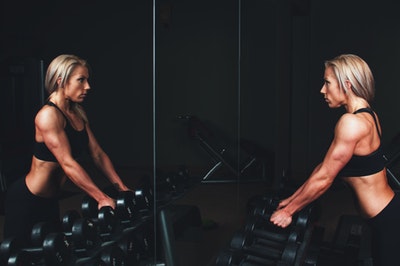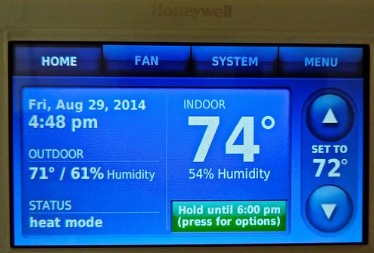How to Budget on Gym Clothing

It seems that there’s always a new, hi-tech piece of workout equipment or clothing that gym-goers simply “must-have.”
Some of them are really, really useful. Some have wildly overstated claims of enhanced performance, backed by sketchy research. Others are just outright scams.
If you’re building a gym wardrobe from scratch on a budget, how do you know which items are worth the money? Let’s start with what you really don’t need.
Gym clothes with “dry” or “cool” technology
Often marketed as “stay dry” or “dry fit” gym clothing, these items do more harm than good; when you exercise, your body sweats for a good reason: to keep you from overheating and collapsing.
While “stay dry” gym clothing may help you avoid sweat patches, they also create an effect known as “wicking” – absorbing the sweat and keeping it away from the skin. Essentially, these fabrics work against your body’s natural cooling system.
Not only are these fabrics counter-productive, but they are also expensive – so ditch the fancy technology; instead, choose a light machine-washable fabric. Don’t worry about the sweat patches – everyone in the gym has them.
Nanothread
Similar to the above, many sports clothing companies use nano-thread (also sometimes called “silver-thread”). It’s claimed that this technology helps eliminate odors, stopping gym clothes from smelling stale.
However, the science behind the technology has been disputed and questions have been raised as to whether the associated price tag is justified. Until there’s conclusive proof that nano-thread clothing actually works, save your money.
A smart fitness band
Many modern gym workout machines can keep track of your exercise pace, heart rate, and even blood pressure, so there’s no need to spend hundreds on a wristband that connects to your smartphone (inconveniently, they require your phone to be in your pocket while exercising, anyway).
In any event, independent studies have found many smart fitness bands are wildly inaccurate.
Save your money, and don’t worry too much about stats – instead, focus on enjoying your workout.
Now, let’s look at what you do need, and how you can save money by shopping wisely.
Compression clothing
Wearing compression clothing, such as compression socks or shorts, under your gym gear can have a number of exercise health benefits.
They can help your blood circulate more easily, reduce lactate concentration (alleviating cramp), and control muscle oscillation levels. Looking for deals on compression socks and shorts is definitely worthwhile.
Sensible shorts
If you’re already wearing compression shorts to the gym, there’s no need to splash out on an expensive pair of athletic shorts. As long as you find a pair made of a breathable material that doesn’t chafe and that aren’t too long or baggy, you’ll be fine.
A great budget option for sports shorts is to look at the end of the soccer season. Many big teams’ kit manufacturers will heavily discount official team wear as they prepare to launch the following season’s strip.
A decent towel
As with dry-fit clothing, there’s now a raft of gym towels on the market with different types of drying technology. Their main advantage is that they will hold moisture away from the surface, so they’re great for long gym sessions.
They’re also lightweight and can neatly stow in your gym bag. However, they’re often more expensive than a small unbranded sports towel – and considering that you’ll also need a towel for the showers after your workout, you may be able to pick up a handy set of two at your local big box store.
If you’re on a tight budget, forget the new technology and go for the reliable classic option.
Lifting aids
If you spend a high percentage of your workout time lifting weights, it’s absolutely essential that you support your body properly.
For powerlifting, back support, knee supports, and weight lifting gloves are absolute must-haves. There’s a wide range available, so shop around for the best price.
Proper training shoes
Many of the best-known athletic shoe manufacturers design their training shoes without a specific activity in mind. These are often branded as “cross-trainers” – the idea being that they’ll appeal to people participating in as many activities as possible.
However, if you’re mainly exercising in the gym, it’s likely that most of your cardiovascular workout will come from running and cycling machines.
Be sure to choose a shoe that’s been specifically designed for running. They have many features that are not present on cross-training shoes that can help support your feet and legs during running – such as a raised midsole that improves lateral stability.





